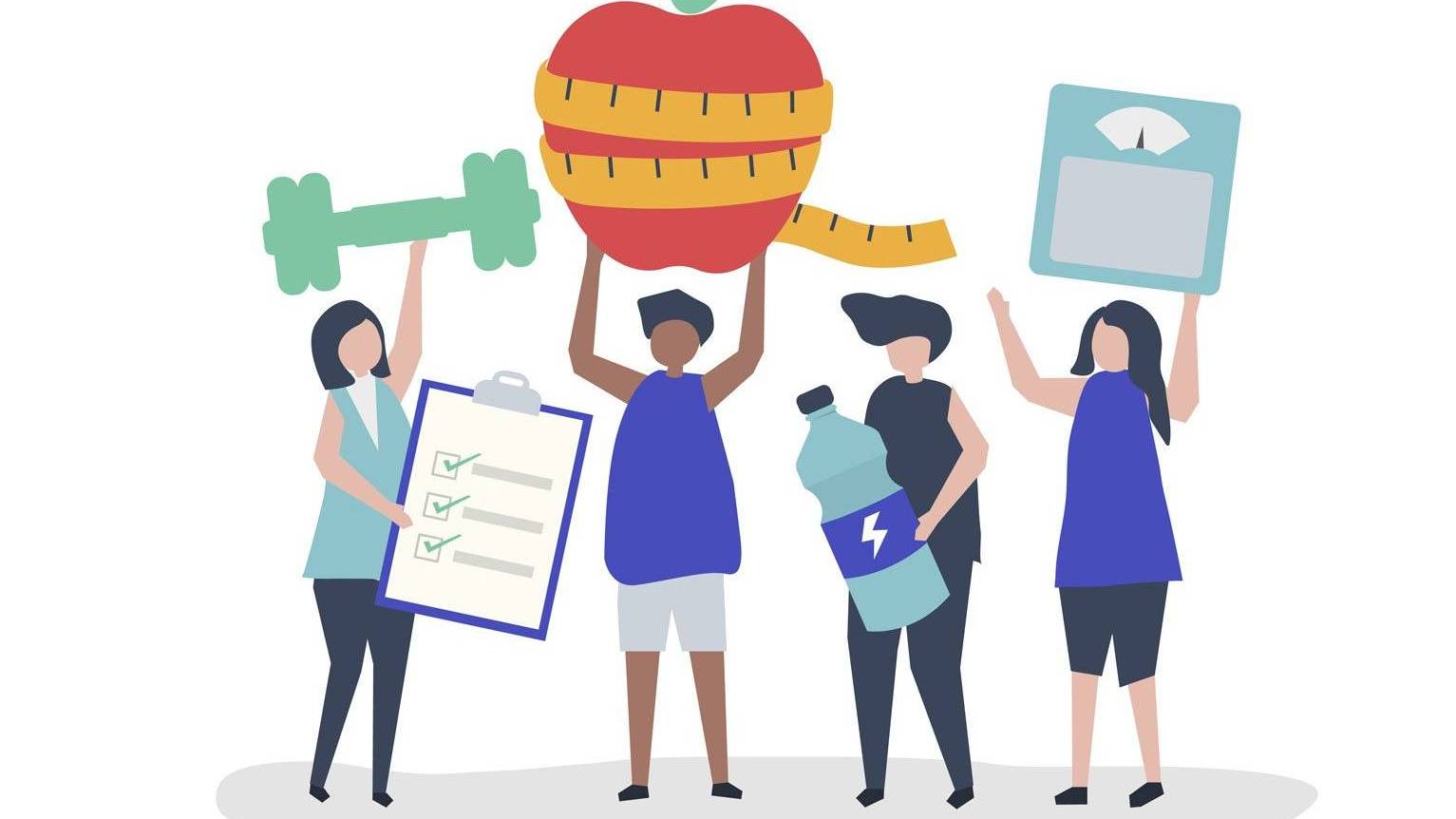Photo: Network Homes
Community engagement: the earlier the better

GROWTH, DEVELOPMENT & REGENERATION

Annelie Sernevall
Associate, Campbell Tickell
In this unknown and precarious situation we now face, communication with key stakeholders is critical. While building projects may be on hold, other projects may be underway and we hope these tips can be equally applicable and relevant.
Communicating a message and the intention of a project to key stakeholders is challenging at the best of times. However, gaining the confidence of key stakeholders can be even more difficult if previous experiences have been negative. So, what is the best approach?
Transparency and trust
All building work is inevitably stressful and can have an impact on locals’ daily lives. There is also uncertainty and misunderstanding. Therefore, involving stakeholders in the process helps to develop those key relationships and improve clarity. It is important to think beyond bricks and mortar and listen to the views and input from the community. For a project to be successful there must be transparency, trust, and engagement throughout the project.
The Public Services (Social Value) Act 2012 sets out that social responsibility and community engagement should be embedded in any public-commissioned projects. The Act requires suppliers to engage with communities to successfully deliver the contract – including setting out a plan of community engagement activities.
As a result, developing and maintaining good relationships with local stakeholders on projects is high on the agenda – from design teams to contractors. Yet, we know from experience that it often remains difficult to achieve.
Tips for effective community engagement
Having successfully led on complex projects where stakeholder management played an integral part, I have outlined below some of the main considerations essential in nurturing good community engagement.
1. Early consultation
- Bring the main stakeholders on board as early as possible.
- Talk through the proposed works in as much detail as required.
- Listen to any concerns.
- Make sure everyone can engage with the works easily (invite residents to public open days/hold online meetings, send letters and emails, and share information on social media).
Doing this provides invaluable feedback, reassures residents that they have a voice, and allays any anxieties, particularly among more vulnerable tenants.
2. Regular communication
- Ensure regular updates are communicated clearly (and widely), and that liaison officers are visible and contactable, especially during the most disruptive part of the works .
- Minimise confusion and upset by making sure residents are given information from the correct source, to avoid rumours spreading.
- Hold as many open meetings as necessary – better to hold one too many than one too few.
- Ensure the lines of communication are well-defined and remain open throughout the process.
“For a project to be successful there must be transparency, trust, and engagement ”
3. Encourage continuing involvement
- Gauge the extent to which stakeholders wish to be involved. For instance, do they want to be represented on the tender evaluation panel or would they like to review the feasibility study? Do whatever possible to facilitate this.
- Also, look to see if there is anything that can be offered back to the whole community. Consider how the community is benefiting from their continued contribution in attending meetings, sharing their knowledge, views and putting up with potentially years of disruption.
Above and main image: Network Homes commissioned Campbell Tickell to undertake research to support the design and potential improvement to Stockwell's 'Hall of Fame'.
4. Communicate the contributions made by stakeholders
The importance of this part should never be underestimated. After months of consultation events, meetings, questionnaires, ballots and whatever else stakeholders have been put through, it is essential to communicate how stakeholders contributed to shaping the final development. How meaningful was their engagement?
We can frequently experience consultation fatigue and if we do not tell people how we used the information they gave us then their efforts can feel wasted and useless. Contrast this with the boost to local relations where a consultation process can be clearly seen to have positively influenced the outcome. Often, this goodwill can see the project through future bumps and help keep it on track for a successful outcome.


